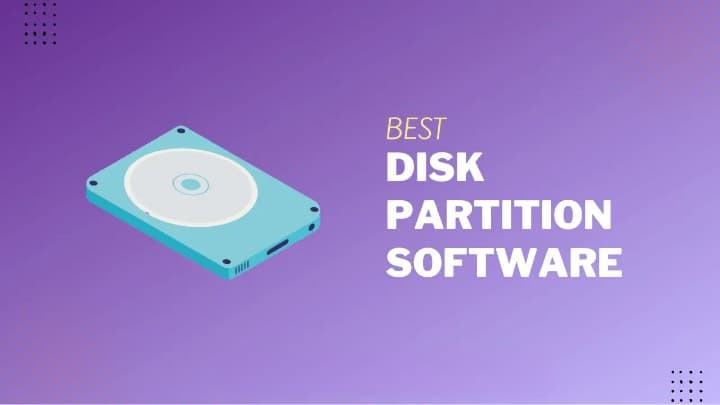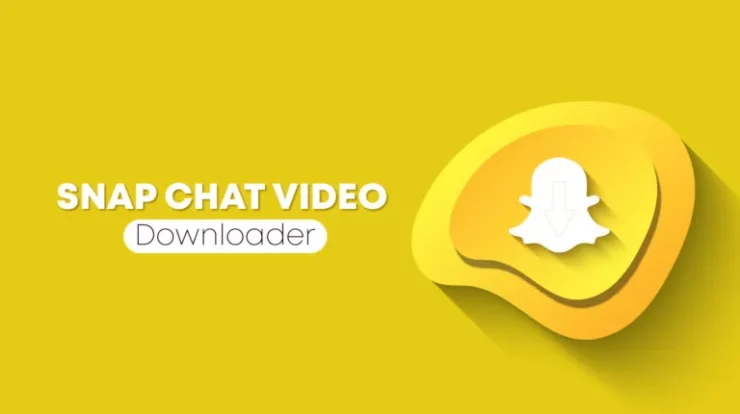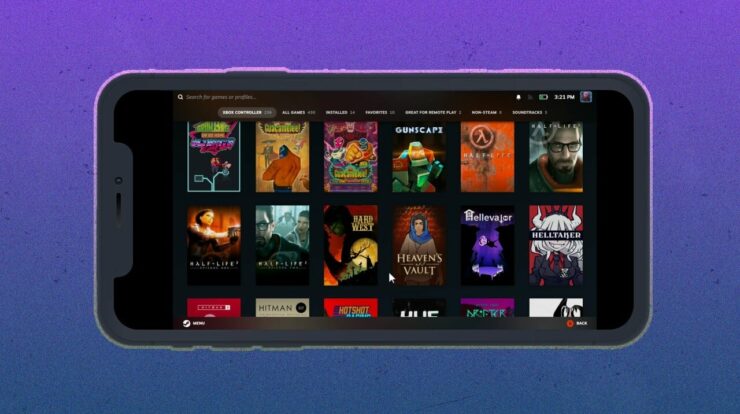You send an email and ponder the next step – whether it will appear in the spam folder, whether the recipient will open it, and so on. We have all been in a position where we have no idea what happened to an email we sent. Consequently, the email tracking tool serves as the white knight. Historically, it was common to question what happened to the emails. You may have added a compelling call-to-action, an engaging body, and an enticing subject line to your email to encourage professionals to click on it.
However, the recipient needs to open or acknowledge every piece of mail for various reasons, including irrelevant, lack of interest, lack of time, etc. On the other hand, senders wait for a response before sending follow-up emails. The best part is that one can now find easier ways to track email. It includes email tracking tools that enable users to determine whether recipients have opened, deleted, or marked an email as spam.
How Can Email Be Traced Using Tools And Software?
Email tracking software appends a transparent and unique image (tracking pixel or 11 pixels) to each message. If the recipient opens the email and spends time perusing it, it transmits the data to the database. Some tools have the potential to display the recipient’s location.
Why Should You Use Email Tracking Software?
Email tracking software is not limited to knowing the details of emails after dispatching. Using the software, it is simple to determine the ideal time to send emails. The tool readily matches the recipient’s schedule, such as the time of day they typically open their emails (morning, evening, etc.). It also provides a comprehension of the email’s content that can be used to enhance its future relevance. Let’s dive in and learn about the best email tracking tools available to opt for.
Best Email Tracking Tool Options To Use
As we curated, the best Email Tracking Tool options are listed below.
1. Mailtrack
Mailtrack makes it simple and free to track Gmail emails. The tool can check users’ email activity, including when and how many times they opened the mail. In addition, the data is protected from third parties and compliant with privacy regulations. Additionally, it transmits a real-time alert when the recipient opens the email.
2. Boomerang
Boomerang has made it easier to schedule and set reminders for emails. The aim is to control the email system’s ability to receive and send communications. One can follow up on emails from browsers, iOS, and Android using one-click calendar scheduling while adding a reminder.
3. Right Inbox
Right Inbox is an excellent starting point for email tracking compatible with Safari, Chrome, and Firefox. This email tracking tool seeks to reach the next level, from writing to tracking emails. Users can compose emails, schedule them, and follow up right away. The automated tool has made it easier for users to reach the desired consumer using a flawless sign-off. It includes templates that can be optimized or customized based on the user’s needs to prevent errors. Additionally, contextual notes make it ideal for multiple conversations and other patterns that require a reminder of crucial details.
4. MailerPlex
MailerPlex can provide instant and real-time information about email interactions to the originator so they can take the appropriate action. A strong and simple email tracker is used to increase sales. This tool can be integrated with Gmail to provide real-time information about who opened an email, when, and where. The email dashboard is comprehensive and fast, with security as the top priority. It provides unrestricted free email tracking access to various features.
5. Hunter MailTracker
Hunter MailTracker is a simple and free email tracking tool for Gmail that displays who has opened an email and how many times. It can easily track the email using the MailTracker extension, determine when it is directly opened in Gmail, and perform the desired actions, such as follow-up.
6. Mixmax
Mixmax is the best sales engagement platform because it enables actual engagement, allowing CSMs and AEs to work directly from Gmail. The tool permits embedding surveys and questionnaires, sharing calendars, scheduling email sequences, monitoring emails, synchronizing the tools, and automating mundane tasks. It helps account administrators, sales operations, recruiters, entrepreneurs, and revenue leaders enhance the customer experience. In addition, the email tracking software also supports extensive penetration testing, GDPR compliance, TrustArc certification, data privacy, encryption, and SOC 2 Type II.
7. EmailAnalytics
EmailAnalytics can aid in reducing response times and analyzing email activity. The email tracking tool can assist in visualizing email activity using analytics to enhance campaign performance. To delve deeper into campaign figures or metrics, it represents email send and receive information. Using this tool, you can check which day is best for sending and receiving emails, which increases email traffic. This tool displays data regarding the top senders and recipients and the amount of time recipients spend per email.
8. Streak
Streak has the potential to manage support requests, candidates, buyers, vendors, leads, investors, projects, and partners via Gmail. In your pocket or inbox, the tool instantly tracks information about contacts, pipelines, and tasks. Customize the tool to meet your needs, including fundraising, sales, staffing, real estate, support, business development, and project management. This tool, resembling a spreadsheet, allows team members to edit, add, and collaborate. In addition, it provides features for aggregating, supporting, and filtering data in any configuration to identify constraints. In addition, users are notified when progress is made, can set reminders, and follow up on tasks.
9. Saleshandy
Give your unsolicited email outreach strategy a new look with Saleshandy, which can analyze recipient behavior, automate follow-ups, and efficiently integrate workflow. The aim is to examine Outlook and Gmail email records for lead conversion. It provides tenfold more engagement, conversions, and time savings through automation and personalization. The tool provides a custom monitoring domain, a random interval between emails, emails using personal accounts (or official accounts), and personalized email content. In addition, personalized automated follow-ups are advantageous for users who wish to improve the subject line or email content.
10. Yesware
Yesware will notify you immediately when the recipient opens the email you sent. It provides information on examining attachments and tapping on links to establish connections. Users can send emails and receive real-time information by adding the tool to Gmail or Outlook. It will alert prospects who have opened your emails to schedule follow-ups and meetings. It includes engagement, replies, open rates, weekly analysis, top-performing content, emails, history, and trends. In addition to email tracking, this tool is ideal for meeting schedulers, multi-channel campaigns, monitoring of attachments, reporting and analytics, LinkedIn integration, Salesforce integration, and email templates.
11. YAMM
If you want to integrate the email tracking tool with Gmail, YAMM is a step in the right direction. It allows you to reach inboxes without being redirected to the spam or promotions tab, send mass emails, and easily track results. The tool enables users to create email templates and track campaigns directly within Google Sheets. It includes information such as errors, replies, views, open rates, etc., to determine the next step. To increase the open rate, personalized email campaigns can schedule mail merges and track results in real time. It also configures email notifications for Google Forms using ready-made templates.
Consider The Following:
The Bottom Line:
Here are some of the best email tracking tools available, each with features and benefits for users. The aim is to improve performance and increase sales by providing detailed insights promptly. It is vital to conduct a more effective campaign to assist business proprietors in achieving their intended results. The most effective method to use email tracking tools is to prune the email list, initiate relevant conversations, and track additional context.


